Learn how to make creamy Vanilla Buttercream frosting from scratch. This versatile frosting can be used to decorate cakes and cupcakes, and can be tinted to the colour of your choice.
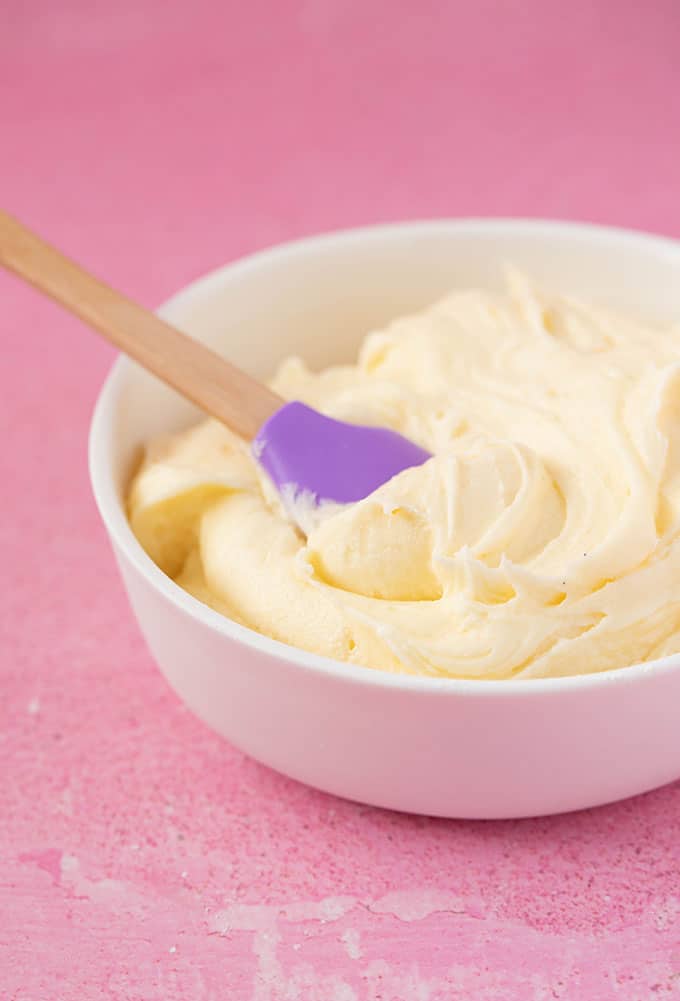
Hello buttercream!
I’m so looking forward to introducing you to my favourite buttercream frosting. Made with only four ingredients, it’s quick, easy, and perfect for decorating your favourite cake.
My vanilla buttercream recipe promises to be smooth, silky and oh-so-irresistible!
Once you’ve mastered how to make a decent buttercream, you’ll want to use it for everything. It’s easily one of the simplest ways to frost a cake or cupcake. But like everything in the kitchen, there’s a few keys to making the perfect buttercream.
So I’ve put together my best tips to make sure you become the buttercream king or queen of your household.
And once you’ve nailed this recipe, you can try my White Chocolate Buttercream recipe.
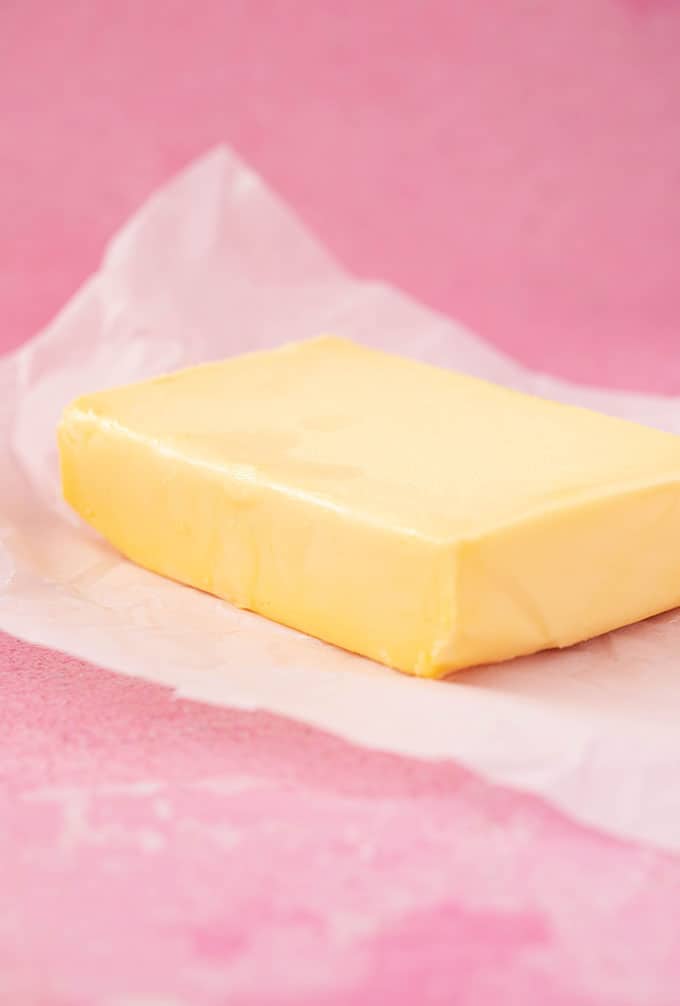
How to make buttercream frosting
There are a few simple steps to achieving a lovely, creamy buttercream that has that enviable melt-in-your-mouth texture that we all want.
1 Start with room temperature butter
The temperature of the butter is the foundation of a good buttercream frosting. To achieve the smooth texture, begin with room temperature butter. It shouldn’t be rock hard straight from the fridge, but on the other hand, it shouldn’t be wet or melty. Try the thumb test: when you press your thumb into the butter, it should easily make an indent.
If your butter is too hard, don’t put it in the microwave. It won’t heat your butter evenly and it will make it melty in parts. Simply leave your butter on the bench until it softens naturally. This will usually take a couple of hours depending on how cold your butter was, to begin with, and the temperature of your location. The thumb test is the easiest way to know when your butter is good to go.
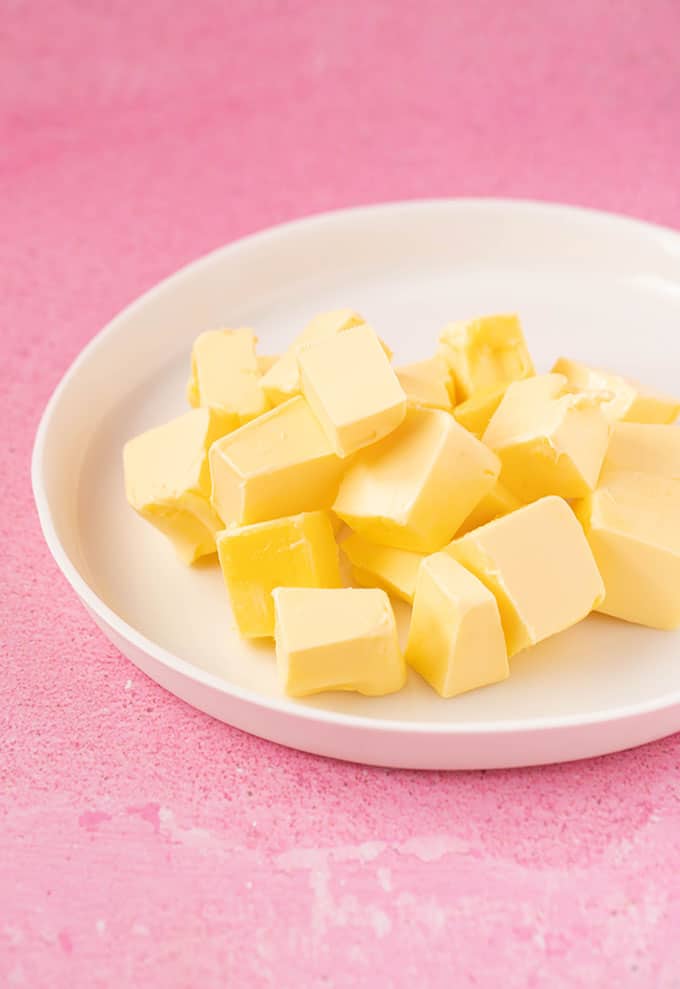
2 CREAM YOUR BUTTER TO BEGIN
Before you add any other ingredients, it’s important to beat your butter on it’s own using an electric mixer until creamy. On a medium speed, this should only take a minute or two but will ensure your frosting is smooth and silky. If your butter is at room temperature this will be a quick and easy step, but if your butter was too hard to begin with, it’ll be more of a effort to get it smooth. At this stage, there should be no lumps of butter.
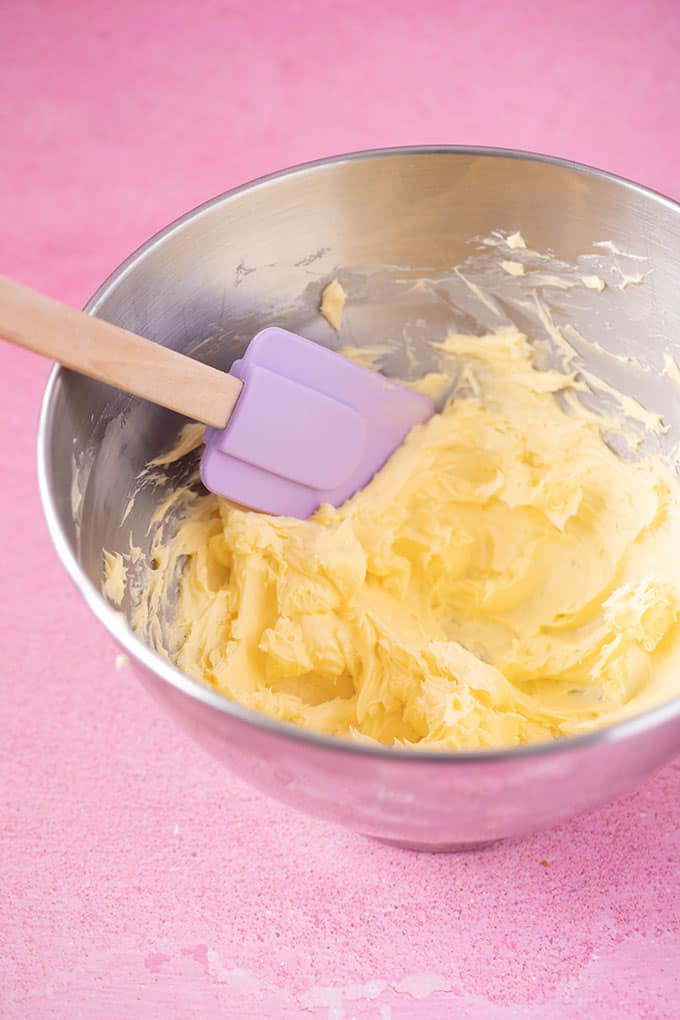
3 ADD GOOD QUALITY VANILLA
The next step is adding a generous amount (I recommend 2 teaspoons for this recipe) of good quality vanilla extract. You can use regular vanilla extract or vanilla bean paste for maximum flavour.
4 SIFT YOUR ICING SUGAR
I cannot stress the importance of this step. You must, must, must sift your icing sugar to create a smooth buttercream. Getting rid of the lumps now means you’ll be able to effortlessly create a silky frosting. And it means you won’t be tempted to over beat your buttercream later. Make sure you use icing sugar (also known as powdered sugar) and not granulated sugar.
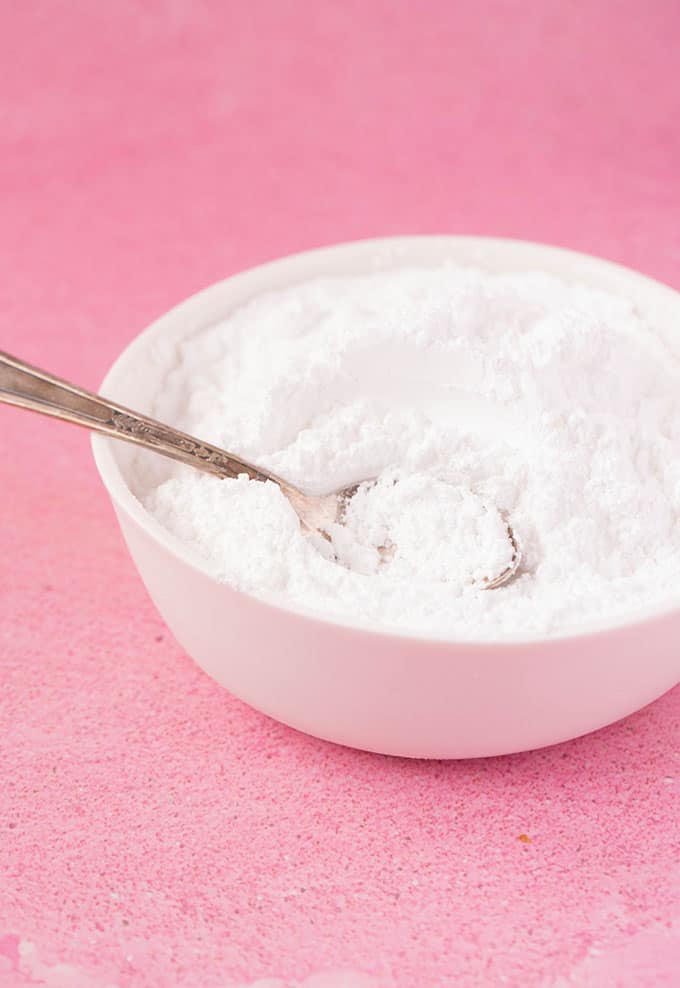
5 ADD YOUR SUGAR GRADUALLY
Add 1 cup of sugar
To your creamed butter, add 125 grams (1 cup) of your sifted sugar. Beat with an electric mixer on a low speed until just combined. It’s ok if your mixture looks a bit dry at this stage. Scrape down the sides of your bowl.
Add 1 cup of sugar and 1 tablespoon of milk
Add another cup of sugar, along with 1 tablespoon of milk. Beat with your electric mixer, for another 30 seconds or so, until creamy.
save this recipe
Add 1 cup of sugar and 1 tablespoon of milk
Add another cup of sugar and 1 tablespoon of milk, and beat again. Your mixture should look thick and creamy now. Scrape down the sides of your bowl.
Add the last cup of sugar
Add the last cup of sugar and beat briefly until combined. Your buttercream should be thick and smooth. If it’s too thick, add an extra tablespoon of milk. Add any extra milk sparingly so you don’t make your buttercream too runny.
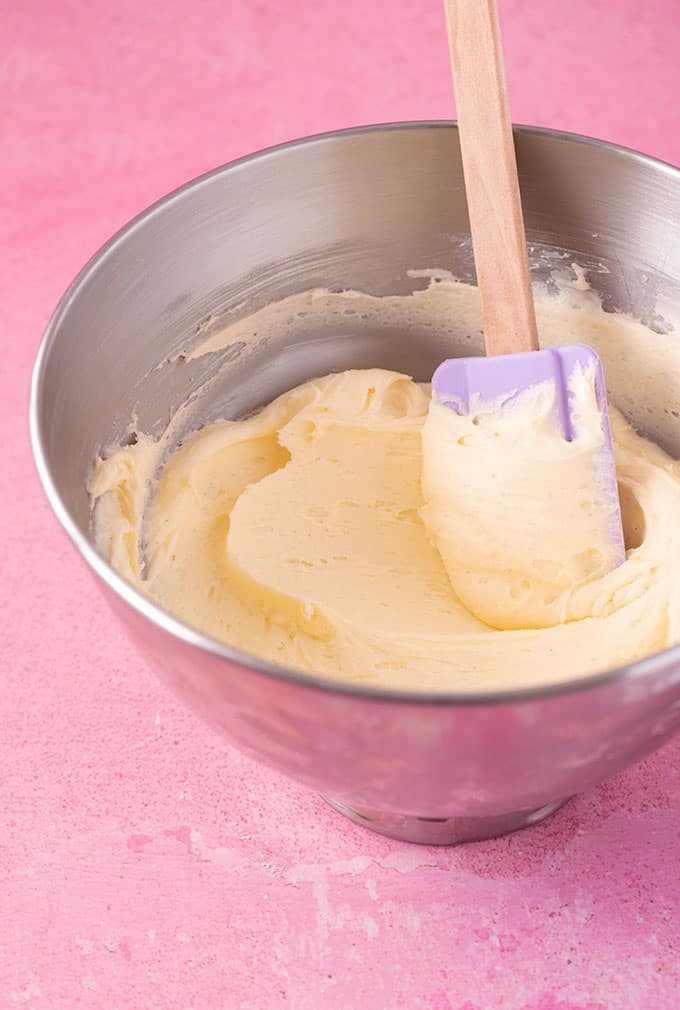
why is my buttercream grainy?
It’s a temperature issue.
If you definitely used icing sugar or powdered sugar (and NOT caster sugar or granulated sugar) and you made sure to sift your sugar, and your buttercream frosting turned out grainy, it’s likely that it split.
If your butter was too cold, it can split or curdle when it is overmixed, causing your buttercream to look lumpy or separated. Likewise, if your butter was too warm, it can also split and become thin and watery.
Remember, butter is made up of fat and water, so when it splits, you’ll end up with lumps of fat and water. That’s why it can look curdled or grainy.
The temperature of your butter is the foundation of a good buttercream.
To achieve the smooth texture, begin with room temperature butter. It shouldn’t be rock hard straight from the fridge, but on the other hand, it shouldn’t be wet or melty. Try the thumb test: when you press your thumb into the butter, it should easily make an indent.
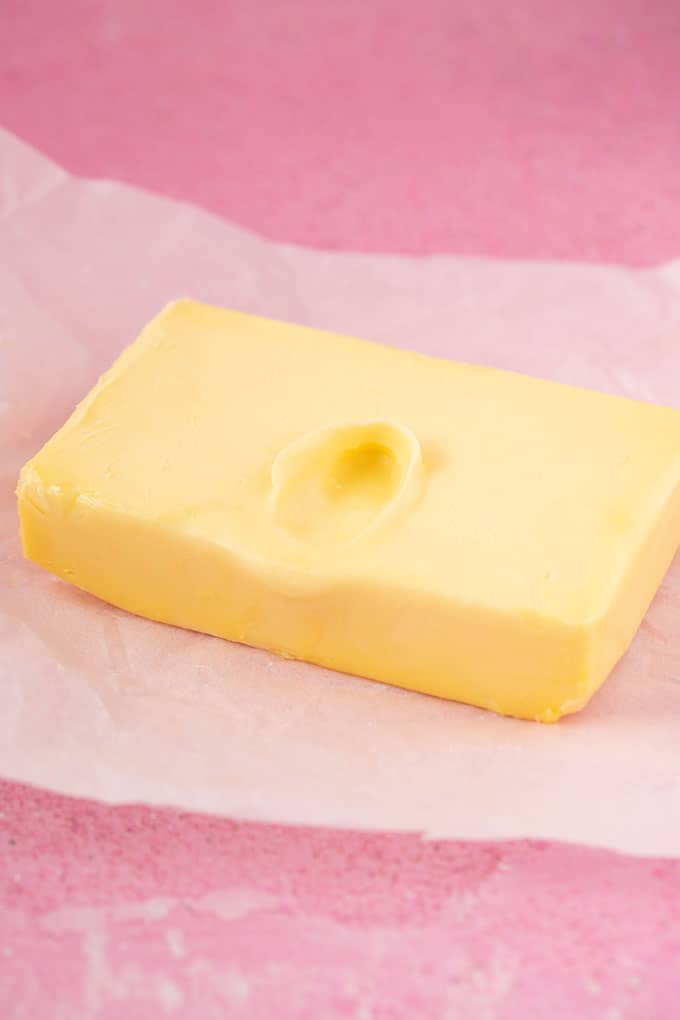
How do I get rid of air bubbles in my buttercream?
If your buttercream has a few air pockets, swap your electric mixer for a spatula and give it a good mix by hand at the very end to get rid of any air bubbles.
my buttercream is too runny
Adding too much milk can make your buttercream too runny and wet. That’s why I recommend adding your milk sparingly. Start with just 2 tablespoons of milk as per my recipe and only add more as needed. It’s easy to add but impossible to take away!
can I colour my buttercream?
Yes! You can easily make this buttercream any colour you like! I recommend using a high quality food gel for the best results. I also recommend adding the colouring and stirring your buttercream by hand to prevent over mixing.
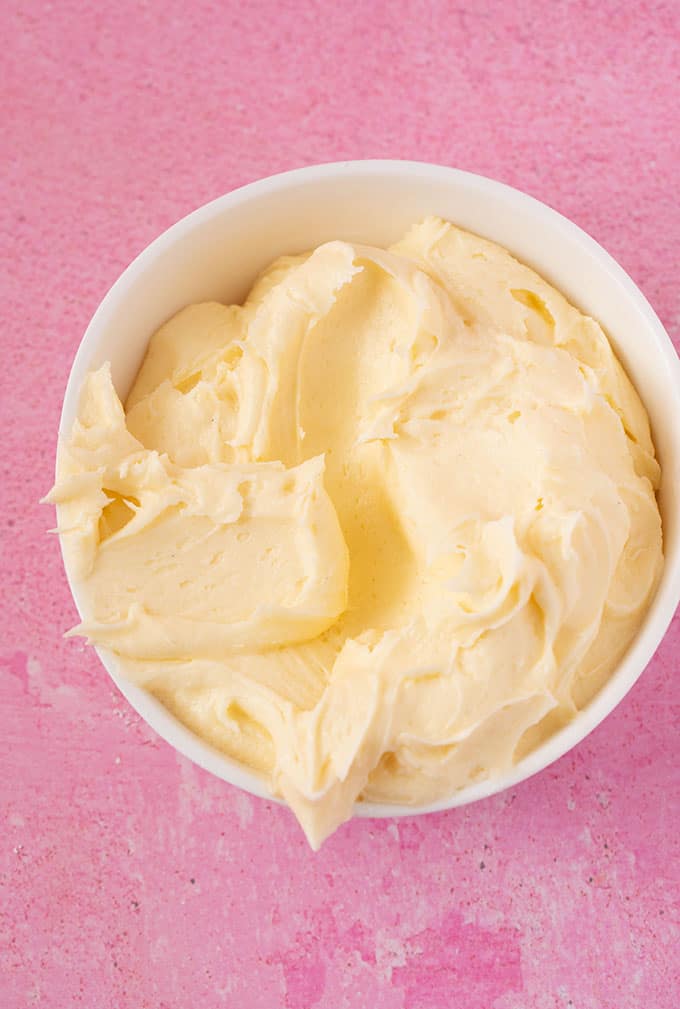
How do I store buttercream?
It’s always a good idea to use your buttercream when it’s freshly prepared. However, if you want to make your buttercream in advance, you can do so and store it in fridge. When are ready to use it, bring it back to room temperature. Then give it a good stir by hand or briefly beat it with your electric mixer until it’s soft and creamy again. If it’s too thick, add an extra tablespoon or two of milk to help loosen the mixture.
How do I make chocolate buttercream?
You can add cocoa to regular buttercream to make a chocolate buttercream. Or you can add real chocolate (which is my favourite). Try my Chocolate Frosting recipe.
recipes to try
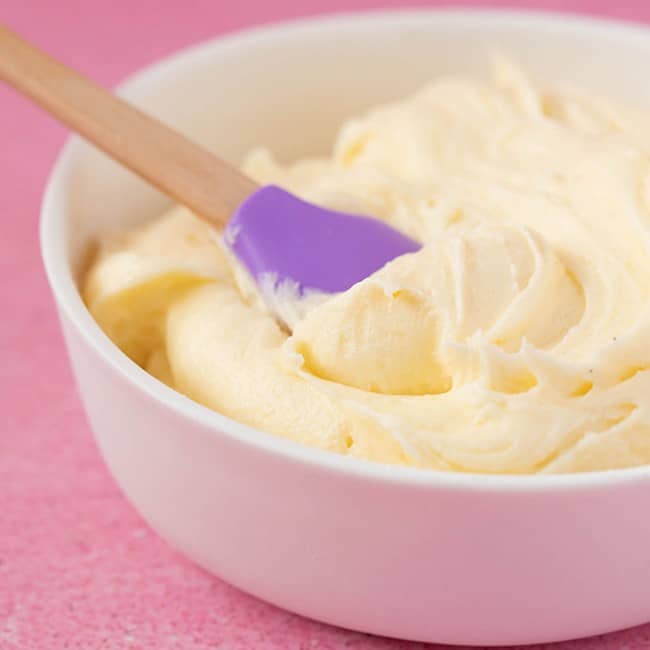
Let’s Bake
How to make buttercream frosting
Learn how to make creamy vanilla buttercream frosting.
Ingredients
- 230 grams (1 cup or 2 sticks) butter, softened
- 2 teaspoons vanilla extract or vanilla bean paste
- 435 grams (3 and 1/2 cups) icing sugar or powdered sugar, sifted
- 2–4 tablespoons full fat milk, room temperature
- Pinch of salt
Instructions
- Start with room temperature butter. Roughly chop your butter into cubes and place in a large mixing bowl. Beat with an electric mixer on medium speed for 1-2 minutes or until your butter is smooth and creamy. There should be no lumps.
- Scrape down the sides of the bowl. Add your vanilla and beat briefly to combine. Then add 185 grams (1 and 1/2 cups) sugar. Beat on a low speed to combine, then turn up the speed to medium and mix for 30 seconds or so. Mixture should be thick and appear a little dry – this is fine.
- Next, add another 125 grams (1 cup) sugar, along with 1 tablespoon of milk. Beat on medium speed until combined. Scrape down the sides of the bowl.
- Finally, another remaining 125 grams (1 cup) sugar, salt and along with 1 tablespoon of milk. Beat on medium speed until mixture is thick and creamy.
- Continue to beat on medium speed until mixture is smooth. Buttercream should be lovely and thick at this stage with no lumps.
- If the buttercream is too thick, add an extra tablespoon or two of milk. To finish, remove your mixer, and give your buttercream a good stir by hand using a spatula.
- Use your buttercream straight away or store it in an airtight container in the fridge. When you are ready to use it, simply bring it to room temperature, give it a good stir by hand or beat it briefly until it becomes creamy again. Add an extra tablespoon or two of milk to loosen the mixture if needed.
Notes
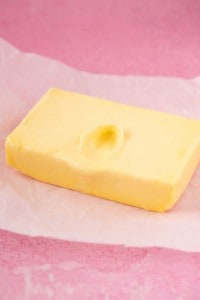
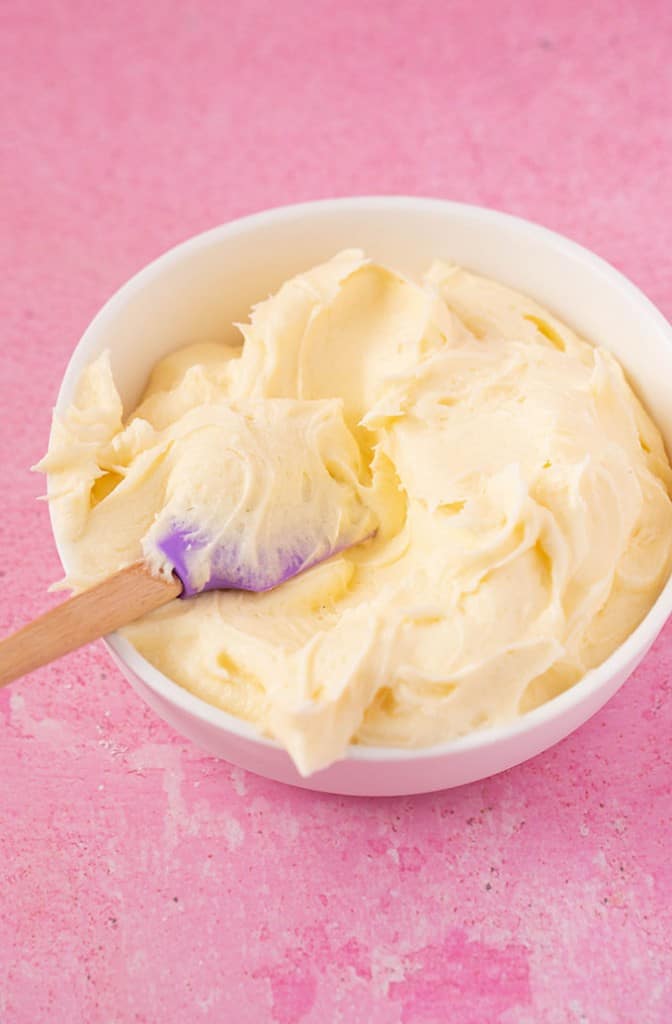
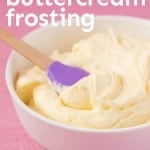
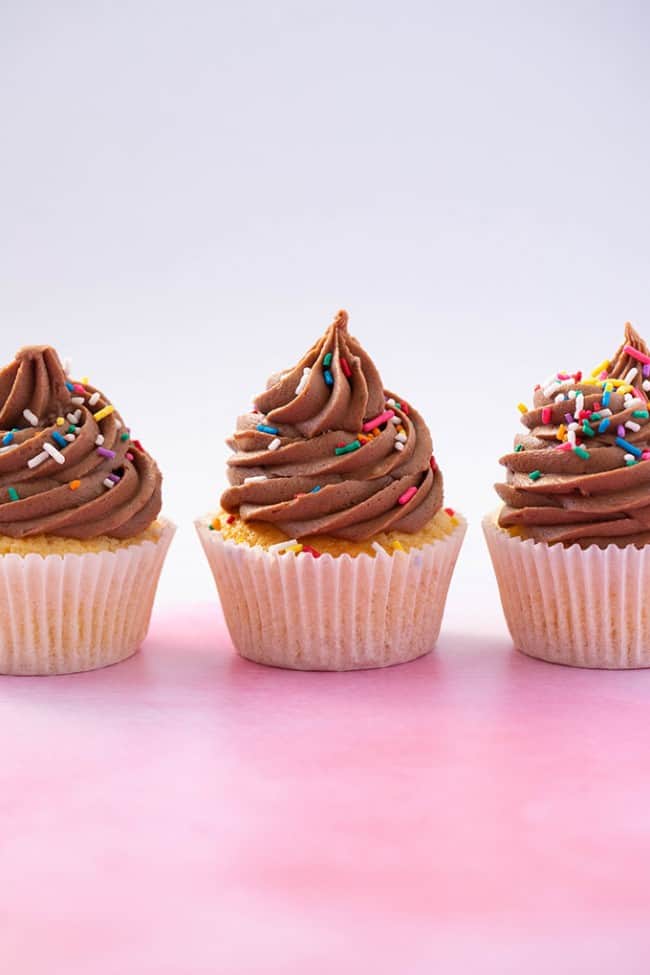
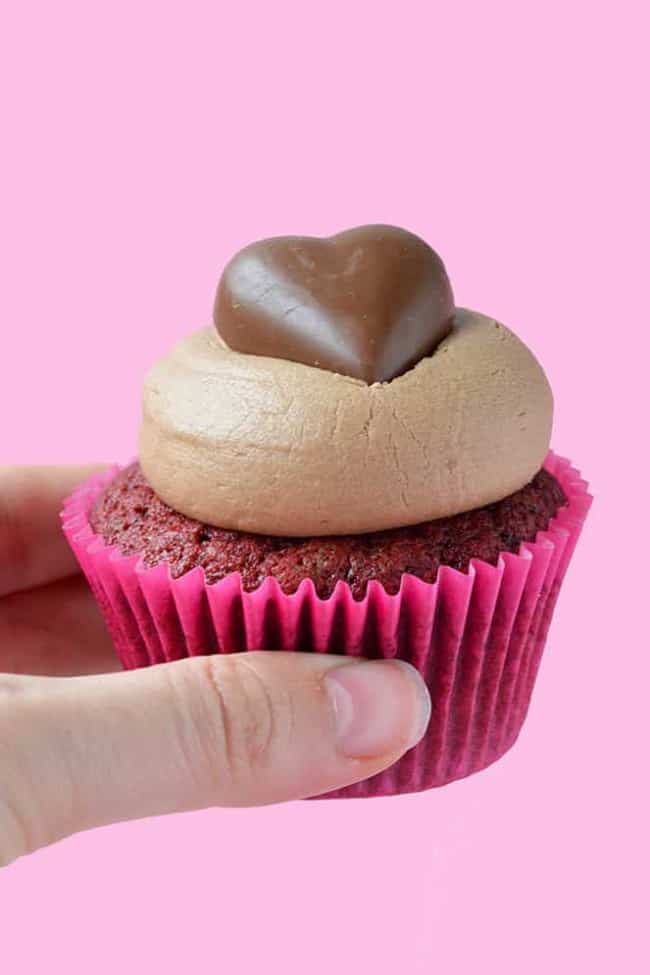
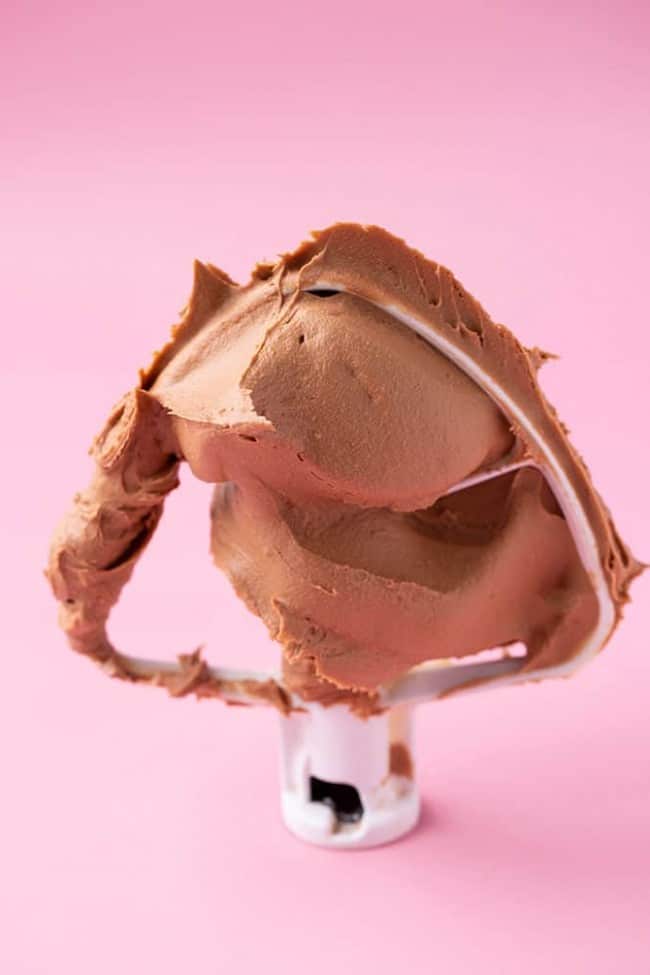
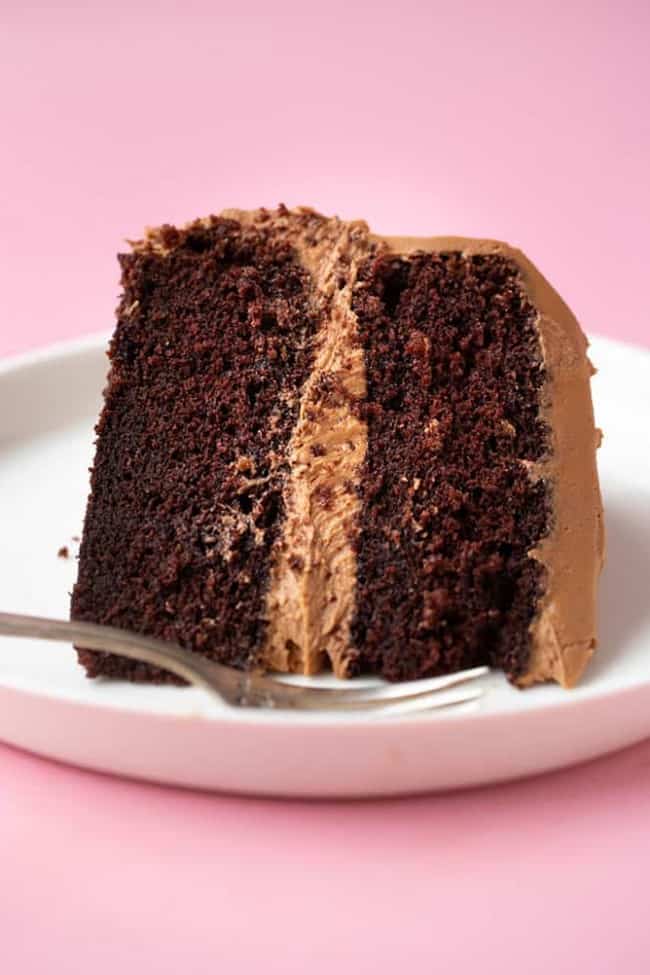
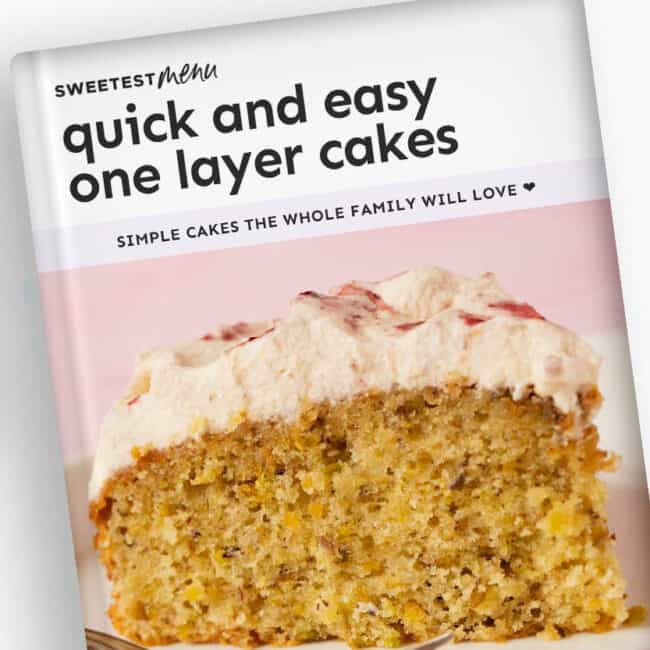
Mary says
Help! I measured before I sifted and it does not look right! Should I add more butter??
Jessica Holmes says
Hi Mary, what seems to be the issue? If you want to send me a photo, you can at jessica@sweetestmenu.com
Pilan says
Hi, can I use 1/2 butter and 1/2 crisco for a sturdier icing in summer months. Would it crust okay?
Thanks
Jessica Holmes says
Hi Pilan, I can’t say I’m sorry. We don’t get Crisco here in Australia so I’ve never tried myself.
Sarah says
Fabulous and clear instructions, thank you! Please could I check – the instructions say add 4 x 125g icing sugar but the recipe says a total of 435g icing sugar. Which is the correct amount please? Thanks Jess, as always your work is fabulous! x
Jessica Holmes says
Hi Sarah, thank you so much for your comment. You were right, there was an error. I’ve corrected the recipe – it should be 435 grams total. Hope you enjoy it!